_“Architectures of Light”_ by Karina Chechik at the Frost Art Museum
The Patricia & Phillip Frost Art Museum is presenting “Karina Chechik : Architectures of Light” , curated by Francine Birbragher.
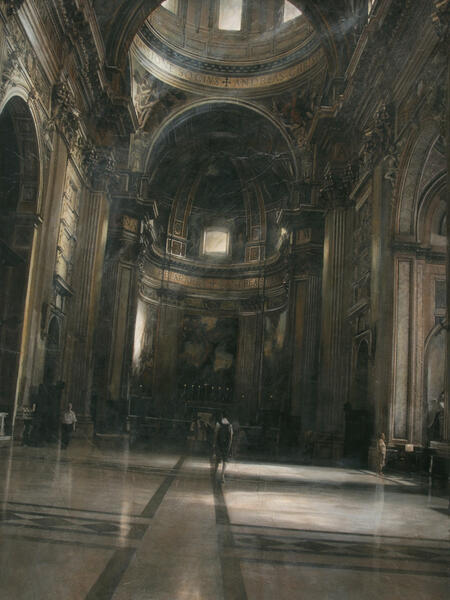
Argentine artist Karina Chechik’s exhibition shows a series of works featuring architectural compositions with religious and cultural references of different artistic currents, spiritual beliefs, and temporalities. Through her paintings, she invites viewers to reflect on existential questions regarding the human essence and the search for the divine. According to Chechik, "Through this work I essentially express my deep admiration and ecstasy for the miracle and mystery of life itself..."
Chechik’s paintings have always had a profound religious sense. Her personal faith and hope have inspired a vision of "light" represented by bright sun rays that illuminate the skies of exterior views, vaults, domes, stained-glass windows, or simply the branches of trees, depicted in her works. It is important to note that her exploration is not limited to the Judeo-Christian religious tradition. In addition to representing famous churches and synagogues, she features pre-Columbian pyramids and Arabic mosques. Her search for “light” also extends to the cultural and intellectual realms; she includes libraries and museums which, for her, are “symbolic monuments of knowledge.” Chechik believes that museums must be seen as places of spiritual pilgrimage and creative wealth. Each of the museums depicted in the series, including the Metropolitan Museum of Art and the Museum of Modern Art, New York; the Musée du Louvre Paris; the Museo de Arte Latinoamericano de Buenos Aires; and the Patricia and Phillip Frost Art Museum, Miami; among others, has a special significance for her. Yet her intention is that each spectator charts his or her own virtual spiritual course.
Francine Birbragher also curated the exhibition “Miler Lagos: LAT 65.31N LONG 114.13W”, which closed on March 30. The Colombian artist was inspired by the voyages of European explorers hundreds of years ago and traveled to Canada to make his own discovery of the Arctic region in 2011. Being passionate about the environment all his life, visiting such a remote place presented him with a unique opportunity to experience nature in one of the most isolated places in the world. The project that resulted from it was titled LAT 65.31N LONG 114.13W, the coordinates of the geographical area where his camp was based, six miles below the Arctic Circle.
The exhibition consists of two strikingly beautiful videos, Kanipinikassikueu/Caribou Man and Skipping Stones. The first of these focuses on an Inukshuk, a man-made stone landmark used as a marker by caribou hunters. Lagos recorded the subtle transformation of the Inukshuk at sunset in a manner that not only depicts the site’s remarkable natural beauty but, most importantly, provides an insight into the artist’s perception of the environment from a cultural and spiritual perspective. Through Lagos’ vision, the Inukshuk becomes a sculptural intervention in a remote, uninhabited area.
Skipping Stones shows a scene recorded from the banks of a lake at dawn. Once again, Lagos chooses a picture-perfect scene that inspires a peaceful feeling. Suddenly, the serenity of the scene is interrupted by the artist’s intervention. He throws stones that jump over the water, creating concentric waves on different points of the lake’s surface. This playful act transforms the rhythm of the water’s current and creates water drawings made from the concentric circles.
Lagos believes that videos present him with the possibility of detaching himself from the need to represent his ideas through the physicality of three-dimensional works. He transforms natural settings in subtle ways to produce ephemeral gestures that show the passing of time. In a world of speed and noise, he invites the viewer to shut out the world and simply contemplate the beautiful landscapes.
-
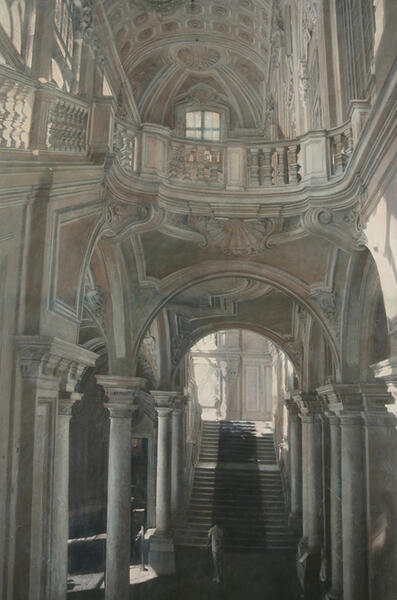 Torino (Architetture di Luce-Palazzo Madama, Torino), 2011
Torino (Architetture di Luce-Palazzo Madama, Torino), 2011
Acrylic and mixed media on canvas 100 x 160 cm
-
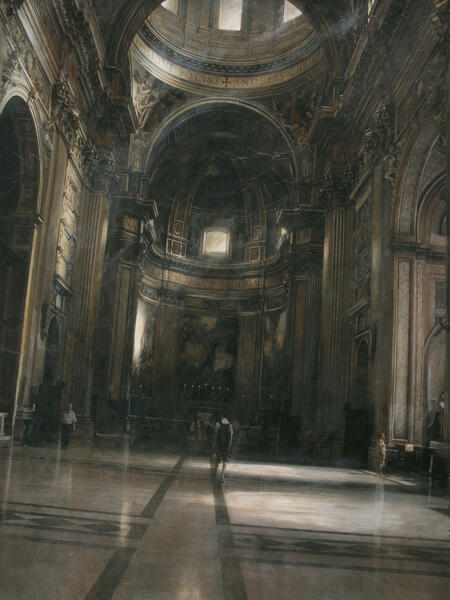 (Saint Andrea della Valle church) Roma 2012
(Saint Andrea della Valle church) Roma 2012
Acrylic and mixed media on canvas 165x115 cm
-
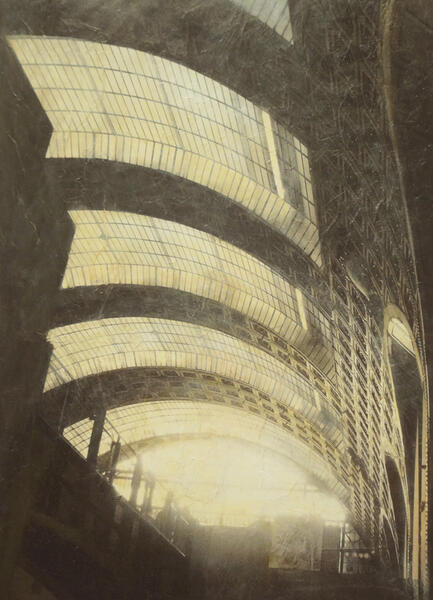 Paris, 2013. Acrylic and mixed media on canvas. 80 x 120 cm
Paris, 2013. Acrylic and mixed media on canvas. 80 x 120 cm -
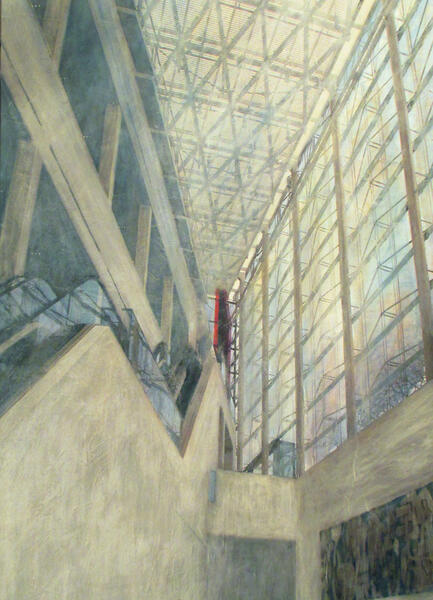 Acrylic and mixed media on canvas 80 x 120 cm
Acrylic and mixed media on canvas 80 x 120 cm -
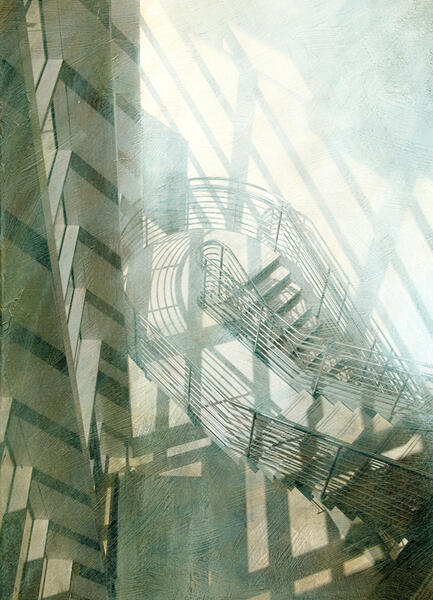 Miami, 2013
Miami, 2013
Acrylic and mixed media on canvas. 80 x 120 cm




